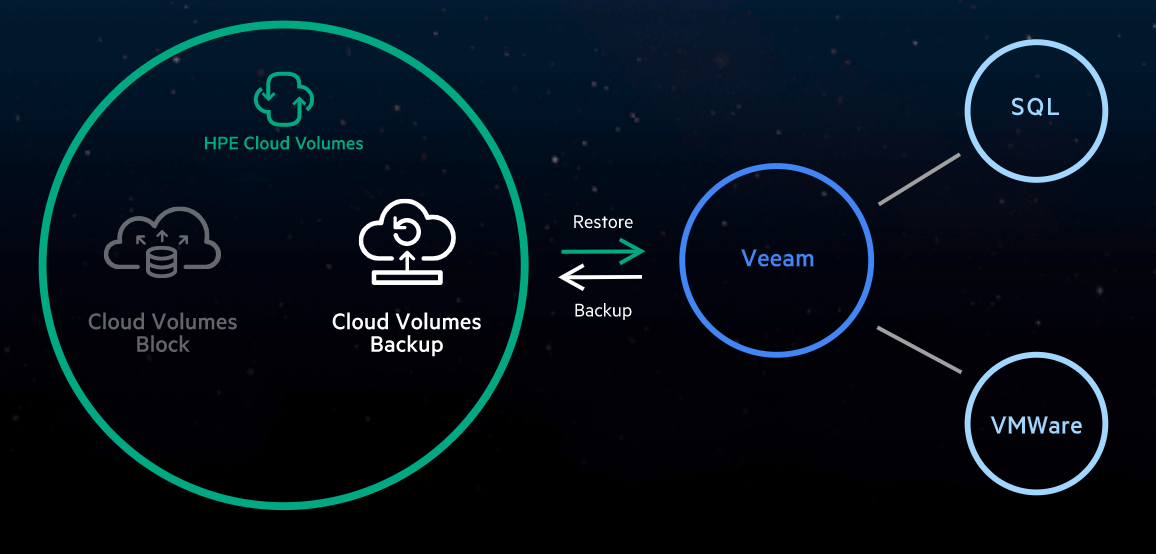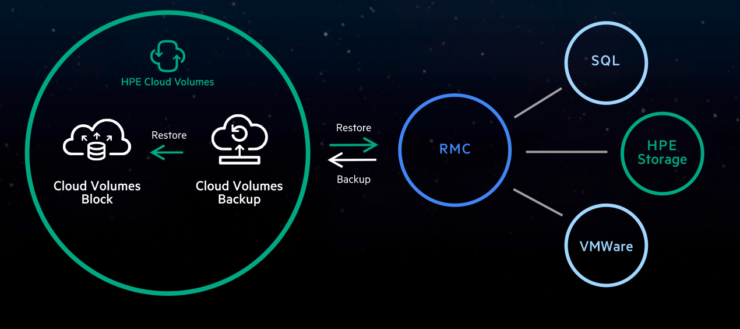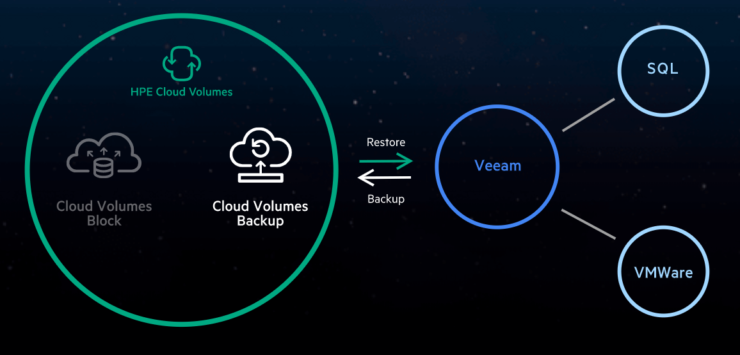Veeam have recently released the latest major update to their flagship product, Veeam Backup and Replication. VBR 11 is packed with 200 plus improvements and enhancements, today we will discuss some of the most interesting ones.
This release continues Veeam’s evolution from simple backup product to data management suite. Data administration is one of an IT enterprises key challenges with a greater volume of data, more locations for that data plus increased threats including Ransomware. This release of Veeam 11 offers a suite of features to help manage this disparate data, deliver a higher level of availability and to enhance the security of the data.
Linux and Security
Ransomware continues to be a key threat, with high-profile cases like the Garmin attack providing a warning to all. Ransomware holds you hostage by encrypting your data. In a worst case scenario ransomware can also encrypt backup data held on disk, leaving you in a chicken and egg scenario. Veeam offered a solution to this in version 10 with Copy Mode being added to the Cloud Tier. This allowed backups to be instantly copied offsite and stored immutably in Amazon S3. V11 enhances security further by offering hardened Linux repositories, this allows local backups to also be held in an immutable format removing the threat of backups becoming encrypted by ransomware.
Further enhancements are brought to Linux focused customers with the introduction of further backup modes with the Linux proxies. Previously the only available backup mode was hot add, now the list of available modes is comparable to a Windows proxy including direct SAN and network mode.
Other features include the ability now use the Veeam agent to backup Mac. You can read a full guide on implementing the Mac Agent by Michael Cade.
CDP

Continuous data protection, is not a new concept and in many ways is easier to understand in its traditional implementation. Previously when physical servers where the norm CDP was enabled through a physical device. You connected it to the server and it acted as a write splitter so that each write was effectively written twice, once to the primary storage and a second time to a CDP appliance. CDP in Veeam utilises VMware VAIO, which like a traditional CDP appliance splits writes. This approach means that there is no need to use snapshots for backups allowing for very low RPO down to 2 seconds and minimal performance impact. To configure CDP you first need to push out the VAIO drivers to the ESXi hosts, which you can do via the Veeam console. Matt That IT Guy has written a walkthrough on setting up and creating your first CDP job.
Instant Recovery Enhancements
Instant recovery has always been one of the nicest features of Veeam. This allowed VM’s to be spun up directly from backup. There was some enhancements to the performance of this feature in Version 10 that allowed several VM’s to be instantly recovered at the same time. This is further enhanced in version 11 which now allows instant recovery of SQL and Oracle DB’s plus NAS.
Cloud Enhancements
Google Cloud becomes available as a backup target you can add to a scale out repository.
Veeam also adds an archive tier to scale out repositories which allows longer term retention of data in Amazon S3 Glacier (including Glacier Deep Archive) and Microsoft Azure Archive Storage.
Hardware and HPE Integrations
Version 11 brings improvements both in terms of efficiency and performance for dedupe devices. Dedupe performance is improved by changing the way metadata is stored. Customers using a HPE Store once as a NAS target can expect up to a 4 times increase in storage capacity. Performance is also improved by increasing the blob size of the data that is being written and by writing metadata to higher performance disks.
If you are backing up a physical machine with SAN attached storage you will also benefit from some new features. Prior to V11 SAN attached storage was recognised by an agent as local storage and backed up in this way. In V11 a physical SQL server attached to for example a Nimble array can use storage based snapshots as part of the backup process alleviating the load from the host.

It also becomes possible to use an HPE Apollo 4500 as a Veeam appliance Calvin Zito discusses this and all the other changes in this podcast.
To get started you can download Veeam Backup and Replication





